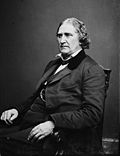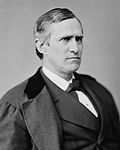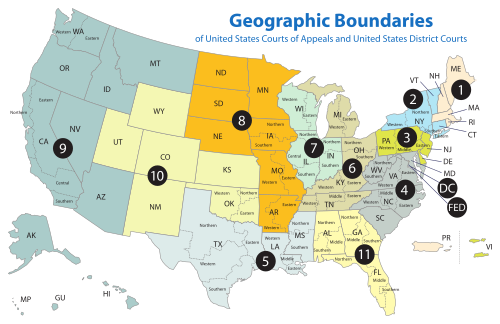| United States District Court for the District of Delaware | |
|---|---|
| (D. Del.) | |
 | |
 | |
| Location | Wilmington |
| Appeals to | Third Circuit |
| Established | September 24, 1789 |
| Judges | 4 |
| Chief Judge | Colm Connolly |
| Officers of the court | |
| U.S. Attorney | Julianne E. Murray (interim) |
| U.S. Marshal | Michael C. McGowan |
| www | |
The United States District Court for the District of Delaware (in case citations, D. Del.) is the Federal district court having jurisdiction over the entire state of Delaware. The Court sits in Wilmington.
Contents
- History
- Current judges
- Former judges
- Chief judges
- Succession of seats
- United States attorneys
- See also
- References
- External links
Because Delaware is the state of incorporation for most major U.S. corporations, the District of Delaware hears and tries many patent and other complex commercial disputes that must be heard in federal court for diversity of citizenship reasons, and hears many appeals from bankruptcy disputes which are filed with the United States Bankruptcy Court for the District of Delaware.
Appeals from the Court are heard by the United States Court of Appeals for the Third Circuit, which sits in Philadelphia, Pennsylvania (except for patent claims and claims against the U.S. government under the Tucker Act, which are appealed to the Federal Circuit).
The acting United States attorney for the District of Delaware is Shannon T. Hanson since January 21, 2025.











